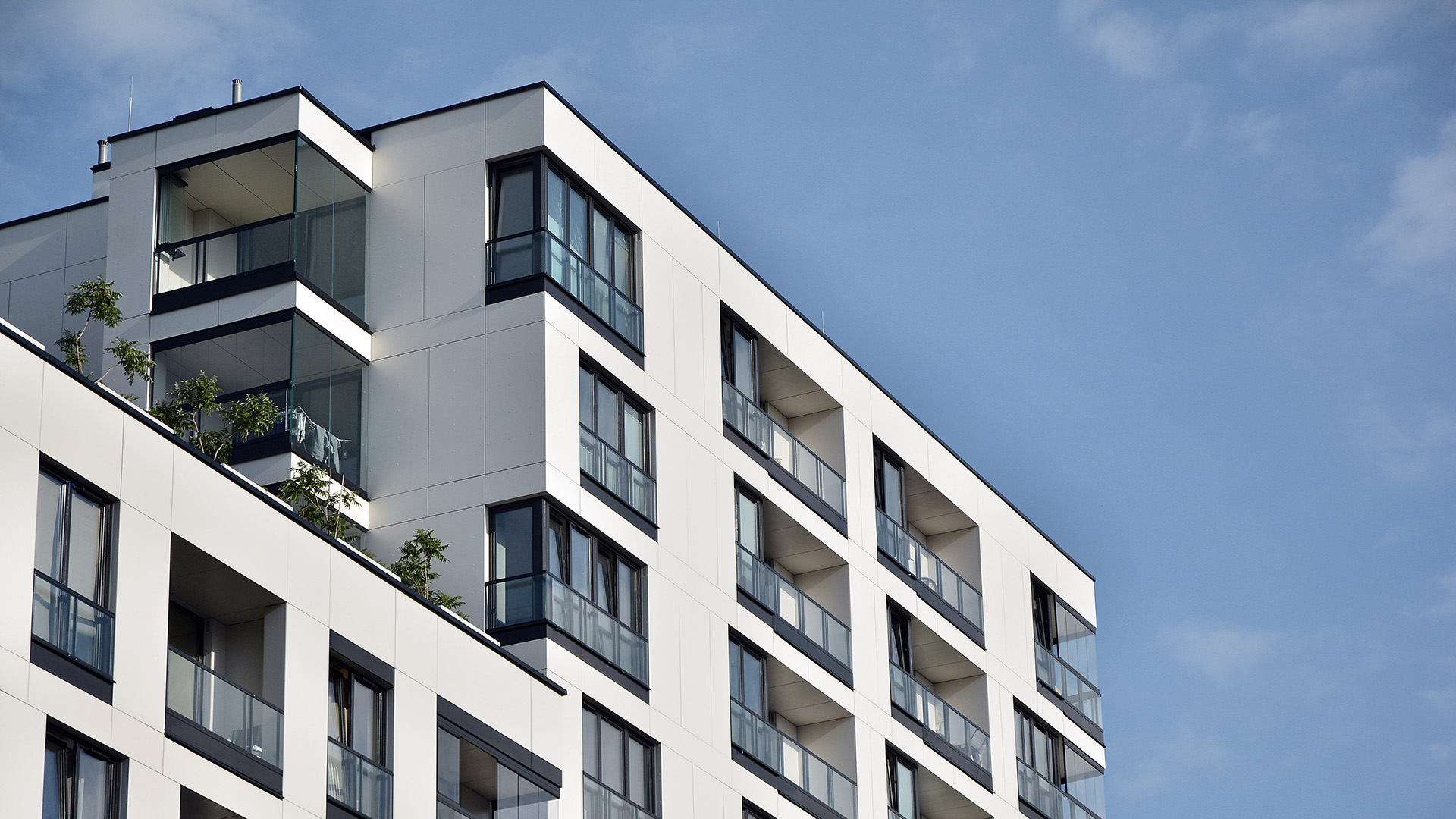Sustainability and combating climate change are the constant subject of attention in both regulation and practice. However, the regulation reform and amendments are raising emotional responses and arousing discussion in the construction industry. A milestone of sorts will be reached during this autumn as the Finnish Government submitted to Parliament bills for a new act on construction as well as an amendment to the Land Use and Building Act which would repeal the current sections on construction and add new provisions on the digitalisation of land use data. The acts are scheduled to enter into force on 1 January 2024.
Merely fulfilling the minimum requirements is not enough in sustainable construction

Related services

New regulation to set requirements for sustainable construction
The reformation of the Land Use and Building Act planned earlier received a lot of feedback when it was circulated for comments. According to the release by the Ministry of the Environment, “the comments were mostly positive about the proposals for promoting low-carbon construction, circular economy and digitalisation”, and these proposals are still included in the reform. However, for example the mandatory liability periods which we criticised earlier in our blog have been removed.
Regulation on the EU-level will also be reformed due to the Fit for 55 legislative package and the REPowerEU plan, among other things. Amendments are planned to the Energy Performance of Buildings Directive and the Renewable Energy Directive (RED II), for example. These amendments would result in changes to the requirements for the heating and cooling of buildings and the share of renewable energy used in buildings.
Clearly, the new regulation is meant to promote sustainable construction. However, from the perspective of 2024, the regulation may not present a particularly ambitious level of sustainable construction. In this respect, it will be hopelessly lagging, even though it aims to promote important sustainability goals.
The interesting question is how sustainable construction should be approached in the different stages and roles of a construction project now and in the future.
Is it enough to fulfil the requirements of the current or the new regulation?
Various environmental categories and calculations are a basic requirement in construction and its financing. Construction that is currently underway or beginning does not need to fulfil the requirements of the new regulation, since the regulation will only enter into force in 2024 as things currently stand. However, a responsible actor takes the requirements into account in the present day.
Projects with ambitious requirements will stand out favourably in the construction industry. In sustainable projects, there is a will to pay more than the minimum in order to reach new goals that are more stringent than before. If sufficiently high goals are not set for a construction project, there will be no new development in sustainable construction.
Fulfilling the minimum requirements is not enough in legal advice either
Merely fulfilling the minimum requirements of legislation is not sufficient in the future with respect to the green transition and circular economy and thus to sustainability, even though legislation is furthering matters along the right lines. In the future, construction must be able to implement new solutions that are more sustainable and more effective in combating climate change. The same applies to lawyers along with other advisors – we must increase our technical understanding of the construction projects that are the objects of agreements and be able to offer contractual provisions that take environmental and sustainability perspectives into account.
Responsible and sustainable development should be promoted in all areas from advice to implementation and operation while not forgetting to account for the reuse of construction products.
















